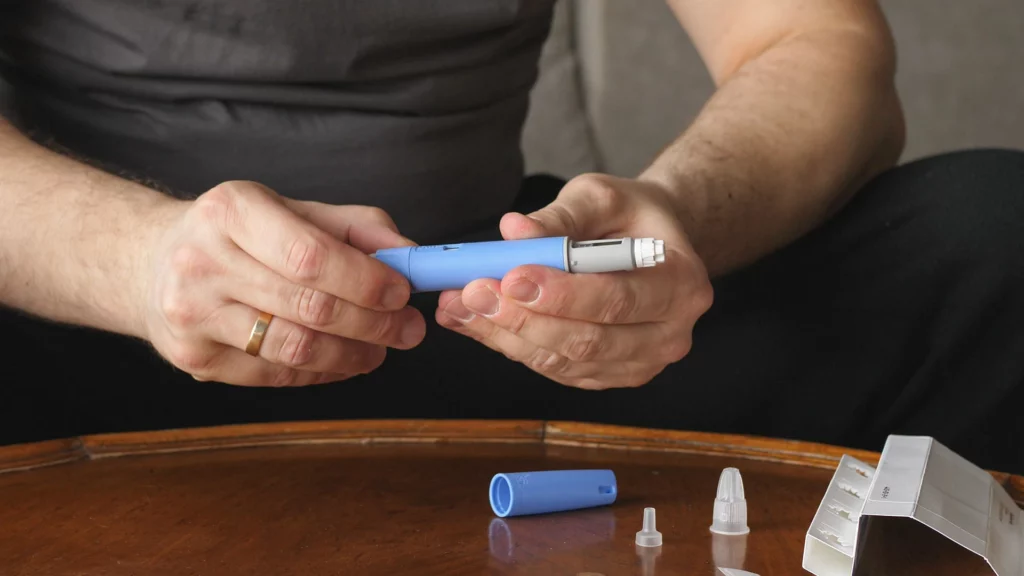Burns are among the most intense, painful, and potentially life-threatening injuries one can endure. Understanding the basics of burns, including their causes, types, severity, and initial management, is crucial for anyone, whether you’re a healthcare professional, a caregiver, or just someone looking to be prepared in the case of an emergency. This comprehensive guide breaks down the essentials of burn care, classifications, and management strategies to give you the knowledge to respond effectively in these critical situations.
Burns Classifications
Burn injuries can be caused by various sources, broadly categorized into thermal, chemical, and electrical burns:
- Thermal Burns are caused by exposure to heat sources such as fire, steam, hot liquids, or surfaces. These are the most common types of burns.
- Chemical Burns result from contact with acidic or basic chemicals, which can continue to damage the skin until the chemical reaction is neutralized.
- Electrical Burns occur due to electric current passing through the body, potentially causing significant internal damage, often more extensive than what’s visible on the skin’s surface.
Types of Burns
Burns are also classified based on the depth and extent of skin damage:
- Superficial Burns (First Degree) affect only the outer layer of the skin, causing redness and pain similar to sunburn.
- Partial Thickness Burns (Second Degree) damage the first two layers of skin, leading to blistering, severe pain, and potential scarring.
- Full Thickness Burns (Third Degree) extend through all skin layers, destroying the affected area completely, and can affect underlying tissues.
Burns can be thought of as a bullseye. If there is a full thickness burn, its edges will be surrounded by a partial thickness burn, and that will be surrounded by a superficial burn. This wound pattern emulates the dissipation of energy from the point of contact outward.
Severity of Burns
The severity of a burn is determined not just by the depth but also by the total body surface area (TBSA) affected. Even superficial burns can be considered severe if they cover a large portion of the body. Conversely, a small full thickness burn might be classified as minor. Key areas such as hands, face, joints, and groin, when affected, are treated with heightened concern due to their impact on quality of life.
The TBSA is calculated using:
- The Rule of Nines: divides the body into sections that are approximate percentages of the total body area. For example, The front and back of the head is weighted at 9%, the front of the torso is 18%, and so on.
- The Rule of Palms: the patient’s palm represents about 1% of their body’s surface area.
Classification into minor, moderate, or severe burns is based on TBSA percentages and considers other factors like the presence of comorbidities, which may complicate recovery.
Burns that cover less than 10% TBSA in adults (5% in children and elderly are classified as minor. Moderate burns cover 10-20% TBSA in adults (5-10% in children and elderly) and severe burns cover more than 20% TBSA (10% in children and elderly).
The Pathophysiology of a Burn
Understanding the physiological impact of burns reveals why comprehensive treatment is vital:
- Zone of Coagulation is the area of most severe tissue damage where cells are irreversibly damaged.
- Zone of Stasis surrounds the coagulation zone, where cells are injured and at risk of dying without proper treatment.
- Zone of Hyperemia features increased blood flow and is typically recoverable.
Burn Shock & Management
Burn shock can result from the body’s response to the burn injury, characterized by decreased cardiac output, increased systemic vascular resistance, and tissue hypoperfusion.
Effective management focuses on removing the burn source, treating shock with fluids (e.g., using the Parkland Burn Formula), maintaining thermal regulation, preventing infection, controlling pain, and ensuring adequate oxygenation.
For chemical burns, immediate and copious irrigation with water is crucial, while electrical burns require ensuring the power source is disconnected before approaching if attending on scene. Beyond the initial wound care, treating a burn victim requires a holistic approach, considering potential inhalation injuries or toxic exposures and supporting both the cardiac and neurological systems to promote healing.
A Holistic Approach to Burn Care
While the initial focus might naturally gravitate towards the burn wound itself, it’s essential to treat the person as a whole. Burns can have profound systemic effects, making it crucial to address not just the local injury but also the broader impact on the body’s functions. By understanding the basics outlined here, you’re better equipped to respond to burn injuries, providing care that can make a significant difference in outcomes for those affected.
Burn injuries are complex and demand a nuanced approach to care. Remember, in the event of a severe burn, professional medical help is imperative. This guide aims to inform and prepare, not replace professional medical advice and treatment.
Advanced Cardiovascular Life Support
If you enjoyed this content, then check out our video and article discussing Advanced Cardiovascular Life Support. This video is part of Guardian MDs Back to Basics podcast on Spotify. If you are an EMS professional, you can even earn CME credits for watching this video and taking a short quiz.



